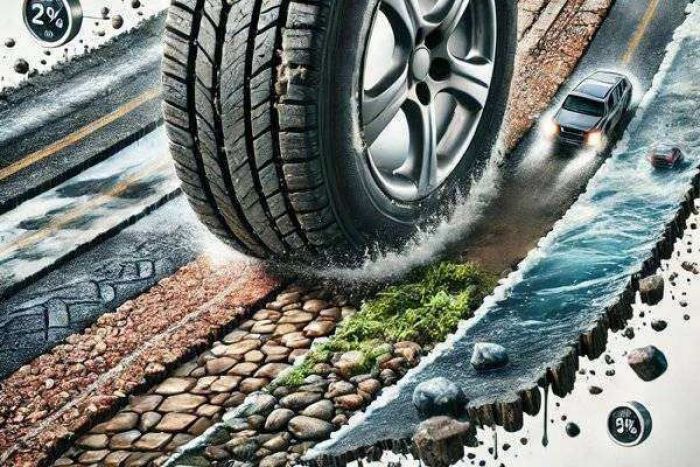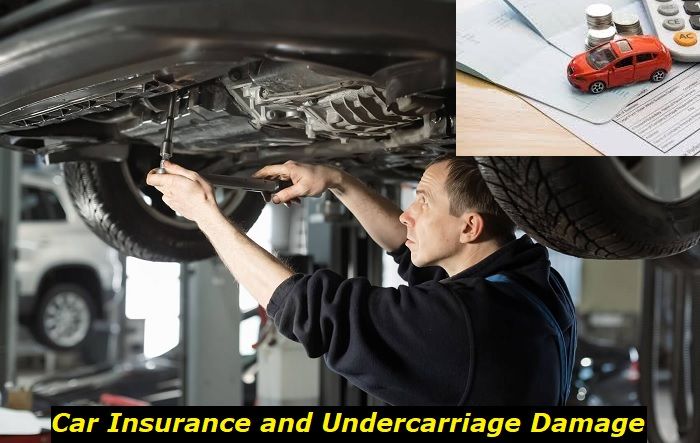As you may know, doing as little damage as possible to the environment is something that has been considered extremely important in the last twenty or so years, and it's easy to understand why. We have no spare planet to continue living on, right? Well, at least not yet.
In this department, car manufacturers have started to equip diesel engines (and even gasoline-powered engines lately) with some special exhaust filters, known as diesel particulate filters (DPF). As the name suggests, their purpose is to filter the harmful soot particles from the exhaust gases and they undergo a self-cleaning operation from time to time, colloquially known as regeneration.
This article will tell you what you need to know about this self-cleaning operation that is usually announced with either a warning light or a message in the instrument cluster, more precisely, how to recognize when this process is happening, what to do in this situation, how to keep the diesel particulate filter healthy and also how to fix problems, if there are any.
.jpg)
How to tell when the DPF is doing its regeneration?
Even though you might think that you will get a message that's telling you that the DPF is doing its regeneration, it might not always be the case. This depends a lot on each manufacturer, that's why it's important to also take into consideration the other signs, apart from an obvious error message, that the DPF is doing its regeneration. Here are a few indicators:
1) High idle
This is one of the most obvious indicators that your vehicle is performing a DPF regeneration. The idle will increase to burn the soot accumulated in the filter more efficiently. You might also notice that the engine will start running ever so slightly rougher than it used to, but you shouldn't worry too much about it, since this is completely normal.
2) Bad exhaust smell
This becomes apparent only if you happen to get out of the vehicle and go behind it. It might also make you think that the so-called "clean" diesel-powered vehicle you've bought isn't actually that "clean", but don't worry about it, since it's completely normal, as the residue from the DPF is quite toxic, hence the bad smell.
3) Increased heat from the exhaust
Since we're talking about the exhaust, you might find that staying right next to where the exhaust pipe is could make you think that something caught fire. However, you shouldn't get alarmed this quickly, since this is also normal. DPFs have to reach very high temperatures to burn the soot that's in them.
4) Engine cooling fans turn on
Is your A/C turned on? Have you been driving your car quite hard? Is it very hot outside? If the answer to all of these questions is no, then your DPF might be doing its regeneration. Although the DPF needs high temperatures to burn the soot, the fans are there to make sure that things don't accidentally get too hot.
5) Increased fuel consumption
If you've noticed that you have been getting worse gas mileage even though you haven't changed your driving style at all, then this might be an indicator of the DPF cleaning itself. The fuel consumption will go back to normal as soon as this process ends.
6) Higher oil level
Diesel fuel will get into the oil sump, so if you check it right after a regeneration, you might notice that the level has slightly increased.
What to do if you get the "Cleaning Exhaust Filter, Continue Driving" message?
The answer to this question is quite simple and obvious: keep on driving!
When the engine is under load, the DPF will have a much easier job when it comes to cleaning itself. You will also notice that if you keep on driving, especially at a constant speed on the highway, the regeneration process will end much sooner than if you were to stand in the parking lot with the engine turned on.
Driving the vehicle until the warning message goes off is also a lot safer than standing still while the DPF is doing the regeneration since you eliminate the risk of it reaching temperatures that are too high, especially if we're talking about a hot summer day. Also, think about what might happen if the vehicle were to be parked on dry grass, for example. You wouldn't want anything to catch fire, would you?
Usually, driving for around 20 or so minutes on the highway at constant speeds, above 2000 RPM, and without using the cruise control will do the trick. Keep in mind that some vehicles can't perform the regeneration if the engine temperature isn't above a certain level if the fuel level isn't above a certain level and also if there are any other emissions-related faults present.
If you simply do not have the time or possibility to go for a short drive, don't worry, turning the engine off won't do too much harm.
However, after two or three failed regeneration attempts, you might get an error that will tell you there's a problem and if the DPF accumulates too much soot, your vehicle will go into limp mode, so we would advise you to try and find the time necessary to perform this operation.
How to make sure the DPF stays healthy?
There are a few things that you could do to make sure the DPF stays healthy for a long period and you will probably want to do so since they are very expensive components. Also, without a working DPF, you will almost certainly fail the emissions test. Here's what you can do:
- Avoid driving in town
Don't get us wrong on this one. It's perfectly fine to drive a vehicle fitted with a diesel particulate filter in town, but it wouldn't be the best place to do so.
One of the main purposes of the DPF is to make sure that the harmful soot isn't eliminated in crowded towns, and so, while driving at low speeds in town is when most of the soot accumulates. Driving on the highway at constant speed is where they're at their best.
- Try not to skip regenerations
There's no need to go out of your way for regeneration, but please do not forget about them, since too many failed ones will eventually lead to permanent damage that you wish you would have prevented.
- Don't drive at low RPM
Even if you are driving outside towns, avoid driving at too low RPM. You will probably be able to tell yourself just how much RPM is too little since the engine will make an unpleasant noise and there will be more vibrations than you'd want. This could also harm other components such as the turbocharger, high-pressure fuel pump, or fuel injectors.
- Use the correct oil
You might think that there's no actual link between the oil you use and the DPF, but you would be wrong. Engine oils these days are designed in such a way that if a certain quantity would be burned and would end up in the particulate filter there will be no harm. However, some oils can cause damage if they end up in the DPF, that's why it's important to use exactly what the manufacturer tells you to.
- Fix any other emissions-related issue as soon as possible
Many vehicles simply won't perform the self-cleaning procedure if there are any errors related to the EGR valve, oxygen sensors, or DPF sensors and if this operation isn't possible, the DPF will soon be clogged and permanent damage can occur.
- Don't drive the car too hard
Driving the car harder means there are more exhaust gases and higher temperatures, which will result in more soot and more stress on the DPF, so we would advise you to avoid driving the car too hard, especially if it's not absolutely necessary.
How to fix DPF issues?
If the diesel particulate filter has a problem and just changing a faulty sensor or performing a simple regeneration doesn't do the trick, then you might need to send it to a specialized shop, since they will clean it, if possible.
If there's permanent damage to it, unfortunately, it will have to be replaced. We definitely do not recommend you take it apart or cut it at home since you are at risk of inhaling extremely harmful soot that can cause you serious health issues.
Final thoughts
Diesel particulate filters are important components that help protect the environment we live in, but as soon as they are not looked after properly, they become a bit of a nightmare that will cause some running issues and might also eventually make your vehicle go into limp mode, making it a lot more difficult to drive anywhere.
The moral? Keep your eye on what the DPF is doing and drive the car in the conditions it was designed to be driven in the first place.
About the authors
The CarAraC research team is composed of seasoned auto mechanics and automotive industry professionals, including individuals with advanced degrees and certifications in their field. Our team members boast prestigious credentials, reflecting their extensive knowledge and skills. These qualifications include: IMI: Institute of the Motor Industry, ASE-Certified Master Automobile Technicians; Coventry University, Graduate of MA in Automotive Journalism; Politecnico di Torino, Italy, MS Automotive Engineering; Ss. Cyril and Methodius University in Skopje, Mechanical University in Skopje; TOC Automotive College; DHA Suffa University, Department of Mechanical Engineering






Add comment